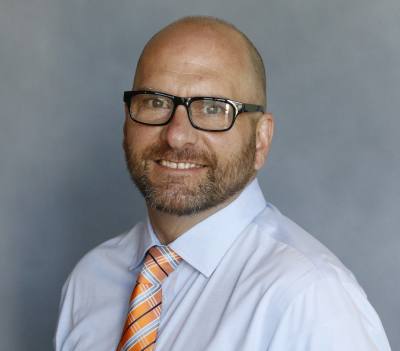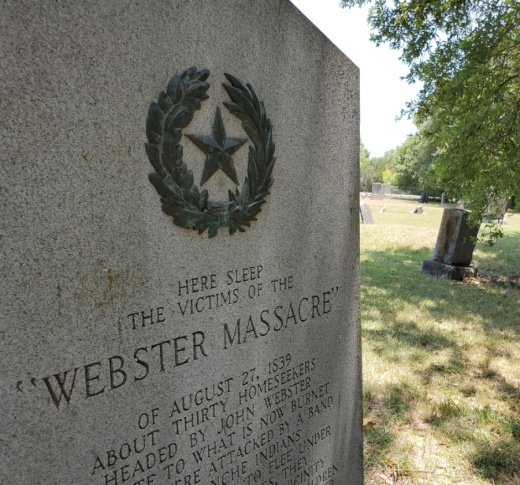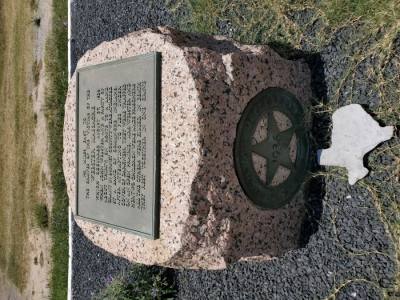The total number of settlers killed in the Webster Massacre—named after expedition leader John Webster—is unknown, but “the consensus is between 40-44 men were killed,” according to local historians Karen Thompson and Kat Howell. The number of Comanche Indians killed during the battle is also unknown.
The Republic of Texas was an independent nation from 1836-1846—but Central and West Texas at the time were controlled by the Comanche Nation, which stretched north into the Great Plains. The Comanches fiercely defended their nation as more and more settlers pushed west into the Comanche’s homeland, according to the Texas State Historical Association.
In 1839, Central Texas was “the absolute edge of the western frontier,” according to Howell, who along with Thompson, her mother, recently co-wrote the book “Historical Leander, Texas.”
In June 1839 (the Aug. 27 date on the historical marker is inaccurate, according to Howell), Webster, with his wife, son and daughter, and approximately 40 men-for-hire to aid him in his journey, took four covered wagons west towards current day Burnet County, where he and his family eventually intended to settle.
When the party reached a ridge between and north and south forks of the San Gabriel River, they saw to the west a band of approximately 300 Comanche Indians heading east, according to Thompson and Howell.
The settlers backtracked through the night until a broken wagon wheel allowed the Comanches to overtake the settlers, according to TSHA.
The settlers set up a defensive perimeter by positioning their four covered wagons in the shape of a square. The Comanches—known for their skill on horseback and fighting ability, according to TSHA—killed and scalped all the men and captured Webster’s wife, son and daughter.
Several days later, a group of men from Tumlinson’s Fort to the south went to the battle site and, fearing for their own lives, hurriedly buried the dead men from Webster’s party in a large grave, according to Thompson and Howell.
The gravesite would later become part of Davis Cemetery.
Mrs. Webster and her daughter eventually escaped captivity, while Webster’s son was ransomed for his release. The daughter, Dolly Webster, lived until 93 before dying in 1927 in California.
The marker in Davis Cemetery is one of two local monuments to the Webster Massacre. The second one stands on the west side of 183A near Old Town Leander and remembers the dead settlers who “rest together in one grave.”






